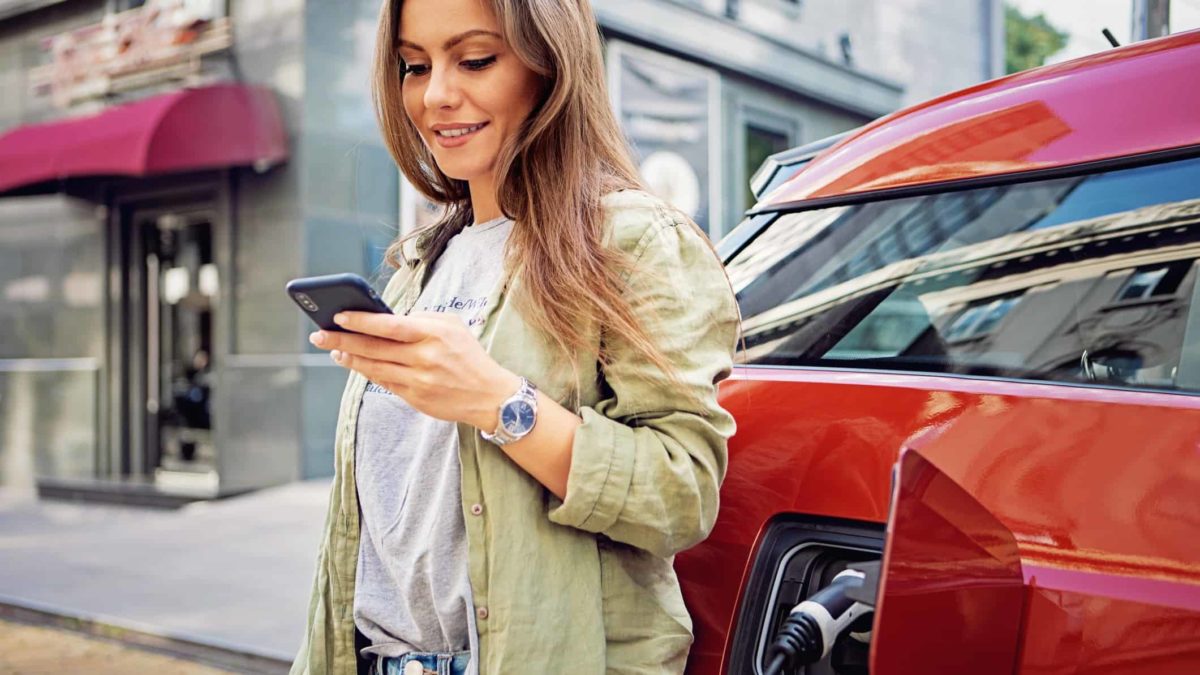Following a horror year in 2022 – which saw the Tesla Inc (NASDAQ: TSLA) share price crash a precipitous 65% – Elon Musk's EV tech company has come roaring back in 2023.
Since the opening bell on 3 January, the Tesla share price is up 130%. Shares closed down 1.2% on Friday, trading for US$248.50 apiece.
For some context, the NASDAQ Composite Index (NASDAQ: .IXIC) has gained 32% year to date.
The stock still has a long way to go before retaking its November 2021 highs of more than US$407 per share. But the 2023 trend is certainly taking it in the right direction.
Now, what's all this about Tesla's artificial intelligence (AI) breakthrough?
Can AI send the Tesla share price to new highs?
Tesla founder Elon Musk has been investing heavily in AI technology for many years.
That time and money has already reaped significant rewards. But the real payoff for the Telstra share price could be just over the horizon.
Last month, on 25 August, Musk videoed himself in the driver's seat of a Tesla Model 3. For some 45 minutes, the car performed a series of manoeuvres you'd generally expect. It parked, it stopped at lights, and it drove around various streets. But the thing is, Musk was holding his phone, not the steering wheel.
The technology enabling the self-driving feat is version 12 (or v12) of Tesla's full self-driving program.
Now the car Musk was driving isn't ready to be set loose on the world's roads by itself just yet.
That requires what's known as Level 4 or Level 5 autonomy.
And that's just what Tesla is aiming for with its v12 technology.
Unlike prior versions, v12 makes use of AI to enable the car to discern what its best course of action is on its own. That level of learning has been enabled by analysing countless hours of video of human driver and vehicle behaviour, collected from millions of Tesla cars across the world.
Enter the robotaxis
The big potential payoff for the Tesla share price could come with the rollout of self-driving robotaxis.
To get there, Musk's company still has some work to do.
But as the world's richest man demonstrated in his self-driving video last month, the company appears to be getting close.
Musk first trotted out the idea of autonomous robotaxis in 2016. Back then the Tesla share price was trading in the US$10 to US$17 range.
Musk envisions owners of fully autonomous Teslas can send their cars out to work as robotaxis whenever they're not being used. The owners would then split any revenue with Tesla, with specific details yet to be worked out.
This could potentially open an entirely new revenue stream for the company.
In June, financial services company RBC estimated that robotaxis could represent 70% of Tesla's value.
"We believe robotaxis (and autonomous vehicles in general) could potentially transform society more than anything else in our lifetimes," RBC stated at the time.
With ongoing advances in AI, Musk also envisions his robotaxis rolling down all streets.
And that could offer some ongoing tailwinds for the Tesla share price.









